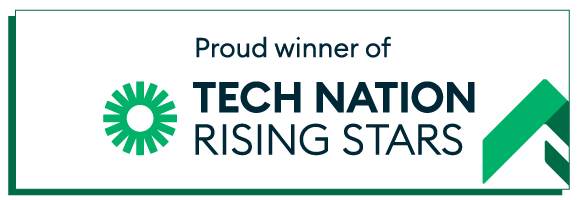How to keep your data secure when using third party transcription services? Transcription can be a godsend thanks to its ability to save both a lot of time and resources. But it of course involves handing over information, and one of the most frequent customer concerns is data privacy and the possible disclosure of sensitive or private material during the process. It’s vital to ensure you know what happens to your files once you hand them over and who gets to see them. So how do you best protect your privacy while getting audio transcribed?
Select the right service
The first step in protecting your privacy during the transcription process is selecting a secure and professional service. As tedious as it is, it’s vital to do your homework before entrusting someone with your and other people’s personal info. There are several questions to think about: Who will have access to your audio file? How long will it be kept on file before it is destroyed? In the case of automatic transcription, do any third parties have access, for instance technicians, web designers etc? How is your data stored? And perhaps most importantly of all, how is the handover managed?
It’s preferable to choose services where all the whole process is managed on a secure online platform, rather than taking a plunge and sending over your file by email where there is a significant risk of interception. Services should also be able to explain what their GDPR policy is and the procedure in the event of a data breach. Many even display this on their website.
Transparency is critical. If a company cannot provide an answer to or adequately explain any of the above questions, it’s usually a red flag. It either means that the policies don’t exist in the first place, or they are not well known enough by staff for them to be implemented correctly.
Consider your transcription material
The second thing to consider is what you are transcribing. Measures to protect privacy should be proportionate to the sensitivity of the information you are handing over. A meeting at the bank will probably require more sensitive handling than the end of term school address. When looking at your file, there are two key questions to bear in mind.
Firstly, is any information confidential? This essentially means anything that shouldn’t be disclosed, such as commercially sensitive figures or legal evidence. You may also need to consider if you need to conceal the identity of anyone on your recording. This can be a legal obligation, such as for victims or suspected victims of sexual offences. If you are interviewing anyone under such circumstances, it’s important to make them aware of the transcription process and how their privacy will be protected.
The second thing is to consider whether there is any subject matter covered that could be deemed sensitive. This could relate to someone’s health, mental health, religion, ethnicity or background. Again, the best thing is to check with any participants or interviewees what they are happy for you to disclose and what they would prefer to be kept anonymous.
Decide what to anonymise, pseudomise and redact
Once you’ve identified where the key issues of privacy are, it’s a case of deciding how to best deal with them. The clearer your instructions to the transcription service, the more likely they will be followed and personal data appropriately protected.
Pseudonymisation is practical for information you want to preserve but not attribute to any particular individual. Anonymisation goes further in that all specific data is erased such as names of locations, workplaces, schools etc to prevent jigsaw identification. Most reliable transcription services offer both pseudonymisation and anonymisation as bespoke extras, so there is no need to delete info prior to transcription.
However in the most extreme of cases, redaction may be required. If possible, think of ways to avoid having to change the original transcript. For instance if you want an interview to be anonymous, consider asking the interviewee to introduce themselves before you start recording and make an agreement to not mention certain confidential topics on the tape. If you need to redact your tape, it makes it easier to transcribe if you remove a whole section rather than individual words here and there.
A final thought
Protecting your privacy during the transcription process is a must when handling case sensitive and personal data. It’s thankfully not too difficult a task, but it requires work both on your part and that of the transcriber. The key to getting the right result is of course good communication – and solid research!


